Embarking on a fitness journey can often feel overwhelming, especially for beginners. With countless workout plans, dietary advice, and fitness trends vying for your attention, it’s essential to have a structured and manageable approach to help you get started. This 30-Day Get in Shape Training Program is designed specifically for beginners, focusing on building a solid foundation in fitness while promoting sustainable habits that can lead to long-term success.
In this program, you’ll discover a well-rounded approach to fitness, including strength training, cardiovascular workouts, flexibility exercises, and active recovery days. Each week builds upon the last, progressively increasing in intensity and complexity to help you develop a consistent routine that fits your lifestyle. Before diving into the program, it’s crucial to consult with a healthcare provider to ensure that the exercises are appropriate for your individual circumstances, especially if you have any pre-existing health conditions or concerns.
Let’s take the first step together towards a healthier, fitter you!
Week 1: Building a Foundation
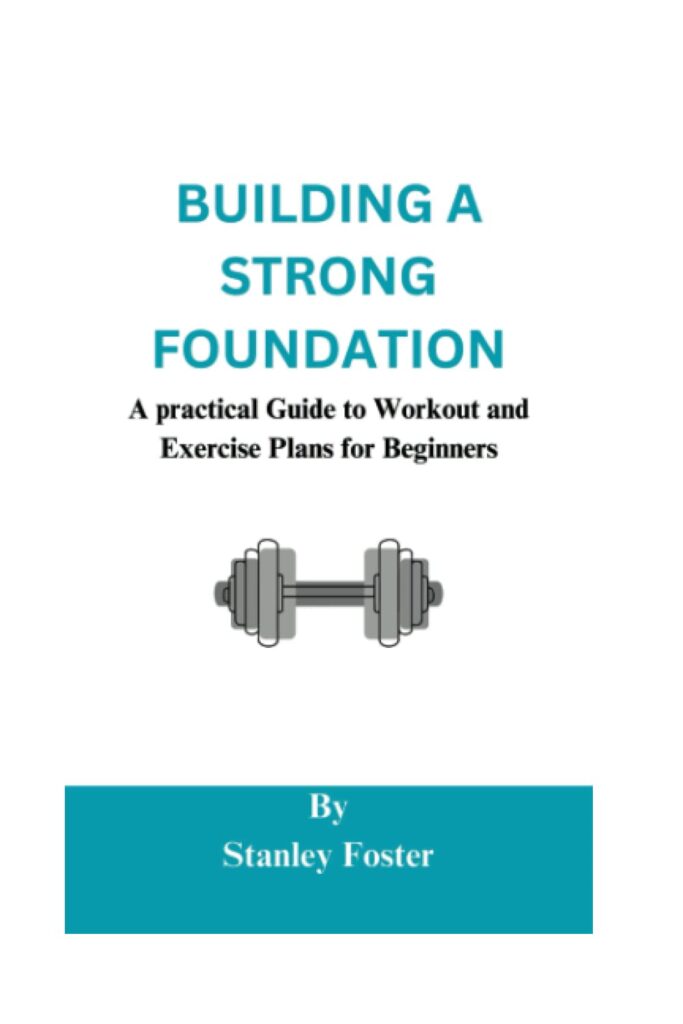
Day 1: Setting Goals

The first step in any fitness journey is setting clear, achievable goals. Establishing goals not only provides direction but also keeps you motivated throughout your training. Utilizing the SMART criteria can significantly enhance your goal-setting process:
- Specific: Your goal should be clear and specific. For example, instead of saying, “I want to get fit,” consider a more precise goal like, “I want to lose 5 pounds in the next month.”
- Measurable: Ensure your goals are quantifiable. This could mean exercising a certain number of times per week or increasing your running distance by a specific amount.
- Achievable: Set realistic goals that fit your current lifestyle and fitness level. If you are new to exercise, a goal like “I will work out three times a week” is more attainable than “I will run a marathon next month.”
- Relevant: Your goals should align with your overall aspirations. If your priority is to improve cardiovascular health, focus on goals related to cardio activities.
- Time-bound: Give yourself a deadline. For example, aim to achieve your goal by the end of this 30-day program.
Take some time today to write down your personal fitness goals, and keep them visible to remind yourself of what you are working towards.
Day 2: Introduction to Cardio
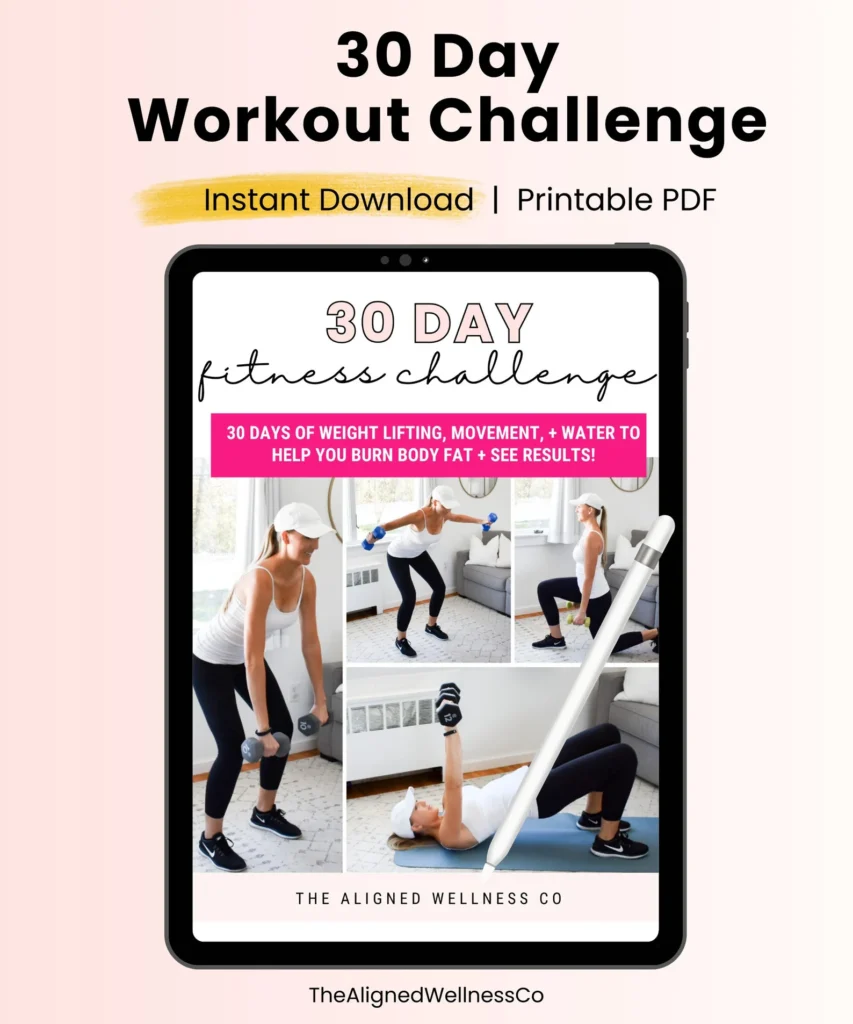
Cardiovascular exercise is crucial for improving heart health, increasing stamina, and aiding in weight management. Begin with a gentle 20-minute walking or light jogging session. The goal today is to get moving and start building your cardiovascular endurance.
- Warm-Up: Spend 5-10 minutes warming up. This can include dynamic stretches like arm circles, leg swings, and walking lunges.
- Workout: Choose a comfortable pace where you can maintain a conversation. If you feel good, try incorporating short intervals of faster walking or jogging.
- Cool Down: After your session, cool down with static stretches targeting your legs, hips, and back. This helps improve flexibility and aids in recovery.
Day 3: Strength Training Basics
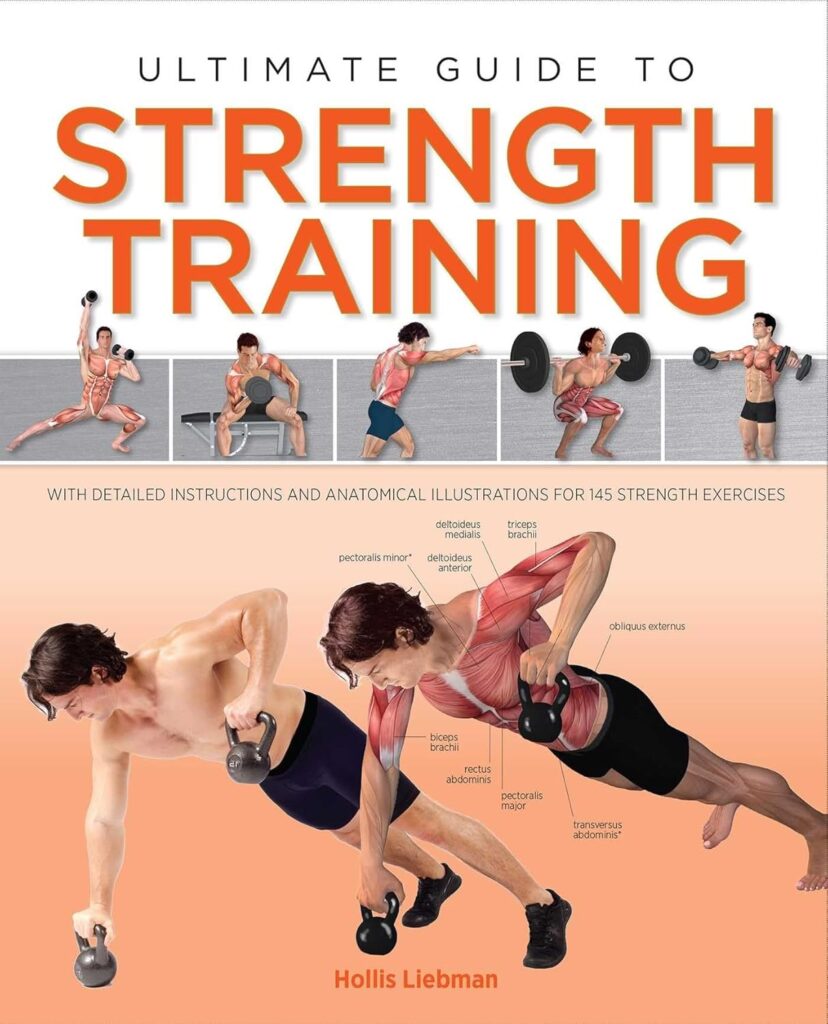
Strength training is essential for building muscle, improving metabolism, and supporting overall health. Begin with basic bodyweight exercises that require no equipment, making it accessible for everyone:
- Bodyweight Squats: 2 sets of 10-15 repetitions.
- Stand with your feet shoulder-width apart, lower your body as if sitting back into a chair, and return to standing.
- Push-Ups: 2 sets of 5-10 repetitions.
- If needed, modify by performing on your knees. Keep your body in a straight line as you lower and raise yourself.
- Lunges: 2 sets of 10 repetitions per leg.
- Step forward with one leg, lower your hips until both knees are bent at about a 90-degree angle, then return to standing.
Focus on maintaining proper form during each exercise to prevent injury and maximize effectiveness.
Day 4: Active Recovery Day
Rest and recovery are just as important as exercise itself. Today, engage in light activities such as stretching, yoga, or a leisurely walk. Here’s why recovery days are vital:
- Muscle Repair: Allow your muscles time to heal and grow stronger.
- Prevent Burnout: Regular recovery helps prevent physical and mental burnout.
- Injury Prevention: Gentle movements can reduce soreness and improve flexibility, decreasing the risk of injury.
Consider a 30-minute gentle yoga session or a 20-minute leisurely walk. Stay hydrated and focus on eating nutrient-dense foods to support your recovery.
Day 5: Introduction to Flexibility
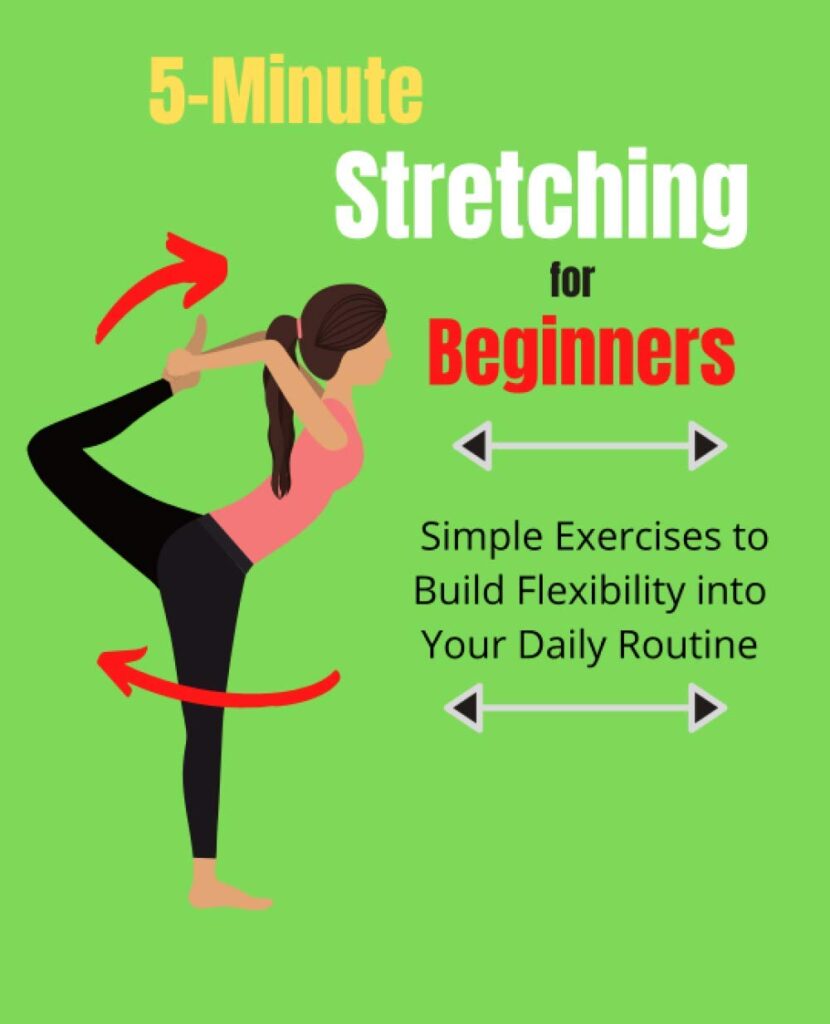
Flexibility training is crucial for maintaining a full range of motion and preventing injuries. Spend today performing a sample stretching routine that focuses on major muscle groups:
- Hamstring Stretch: Hold for 15-30 seconds.
- Quadriceps Stretch: Hold for 15-30 seconds.
- Shoulder Stretch: Hold for 15-30 seconds.
- Back Stretch: Hold for 15-30 seconds.
Incorporating flexibility work into your daily routine helps improve overall performance in both strength and cardio activities.
Day 6: Cardio Challenge
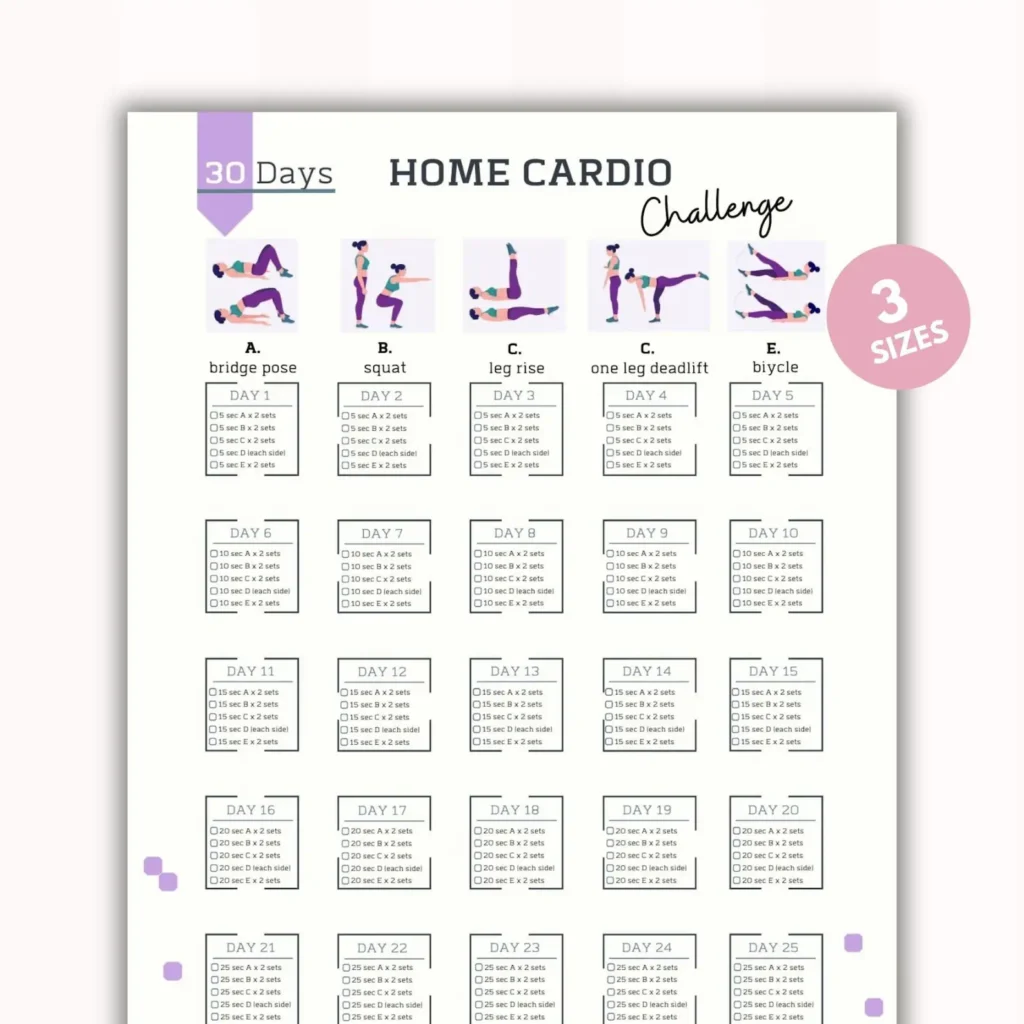
Today’s challenge is to increase your cardio session to 30 minutes. Choose a different activity to keep things interesting, such as cycling, swimming, or dancing. Here’s a sample workout:
- Warm-Up: Start with a 5-minute warm-up.
- Workout: Choose your preferred cardio exercise and maintain a steady pace. If jogging, aim for a pace that allows you to speak but is still challenging.
- Cool Down: Finish with 5 minutes of slow walking and stretching to cool down.
Stay engaged with your workout and remember that finding an activity you enjoy will make it easier to stick with your fitness routine.
Day 7: Weekly Review and Rest
As you conclude your first week, take some time to reflect on your accomplishments. Ask yourself:
- What did you enjoy?
- What challenges did you face?
- How do you feel physically and mentally?
Adjust your goals if necessary, and remember to celebrate your achievements—no matter how small. Enjoy a well-deserved rest day to recharge for the upcoming week.
Week 2: Increasing Intensity
Day 8: Full-Body Strength Workout
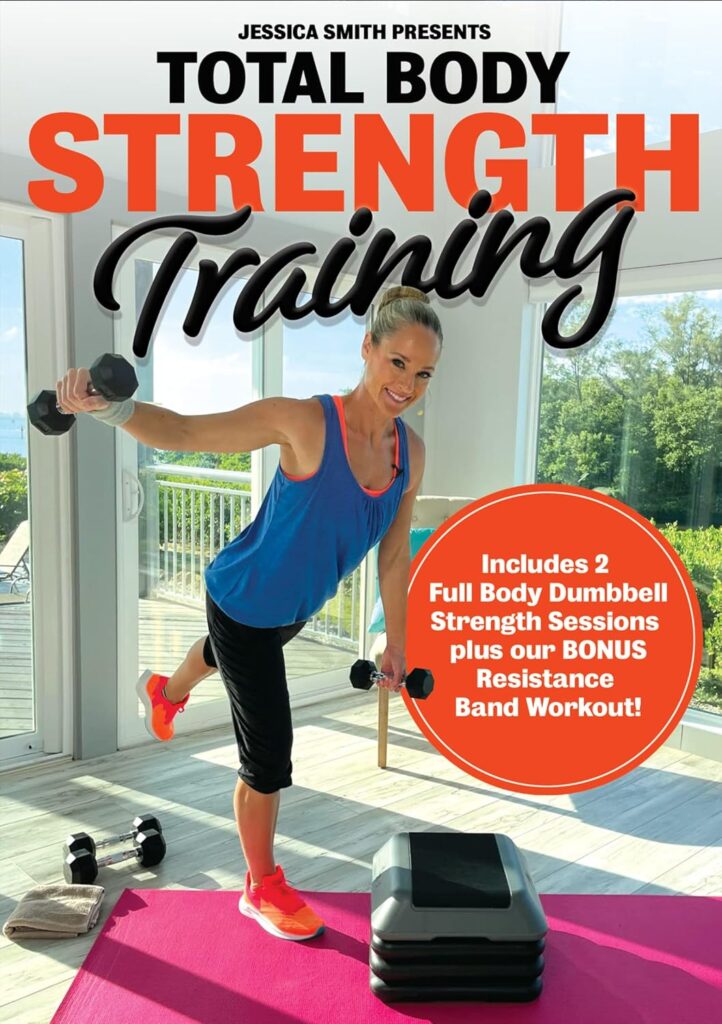
With a solid foundation established, it’s time to incorporate basic equipment such as dumbbells or resistance bands. A full-body circuit can include:
- Dumbbell Shoulder Press: 2 sets of 10-12 repetitions.
- Bent-Over Rows: 2 sets of 10-12 repetitions.
- Bodyweight Squats: 2 sets of 10-15 repetitions.
Focus on proper form throughout each movement and ensure you’re breathing steadily.
Day 9: Cardio Intervals
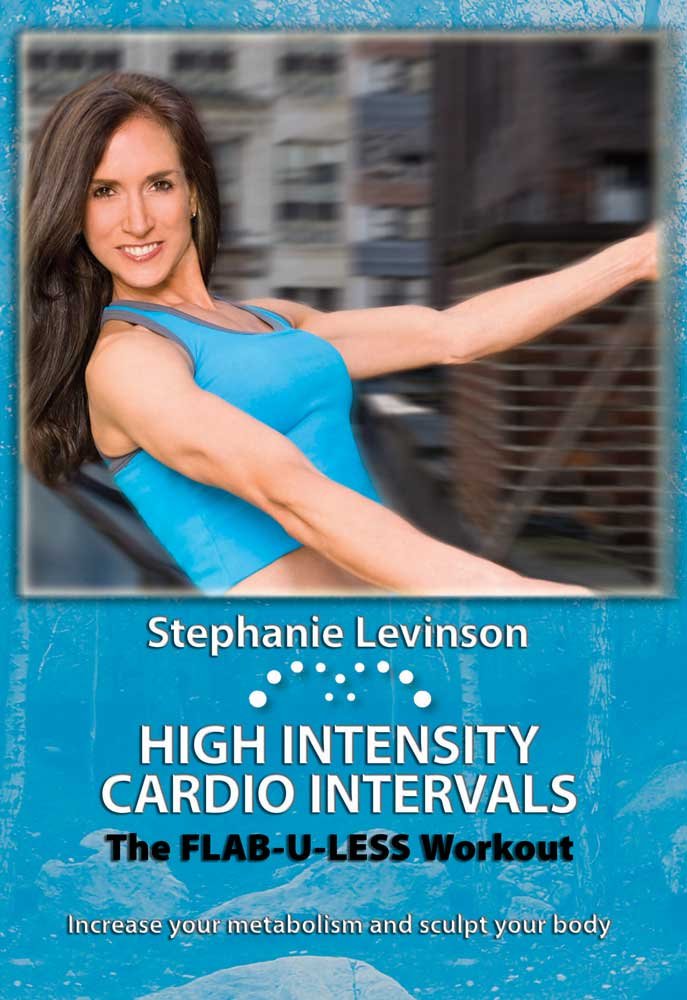
Today’s workout introduces interval training, which can significantly boost cardiovascular fitness. Here’s a sample workout:
- Warm-Up: 5 minutes of light activity.
- Workout: Alternate between fast and slow-paced walking or jogging for 20 minutes. For example, sprint for 1 minute, then walk for 2 minutes, and repeat.
- Cool Down: 5 minutes of slow walking and stretching.
Interval training helps improve your stamina and makes workouts more engaging.
Day 10: Core Strengthening
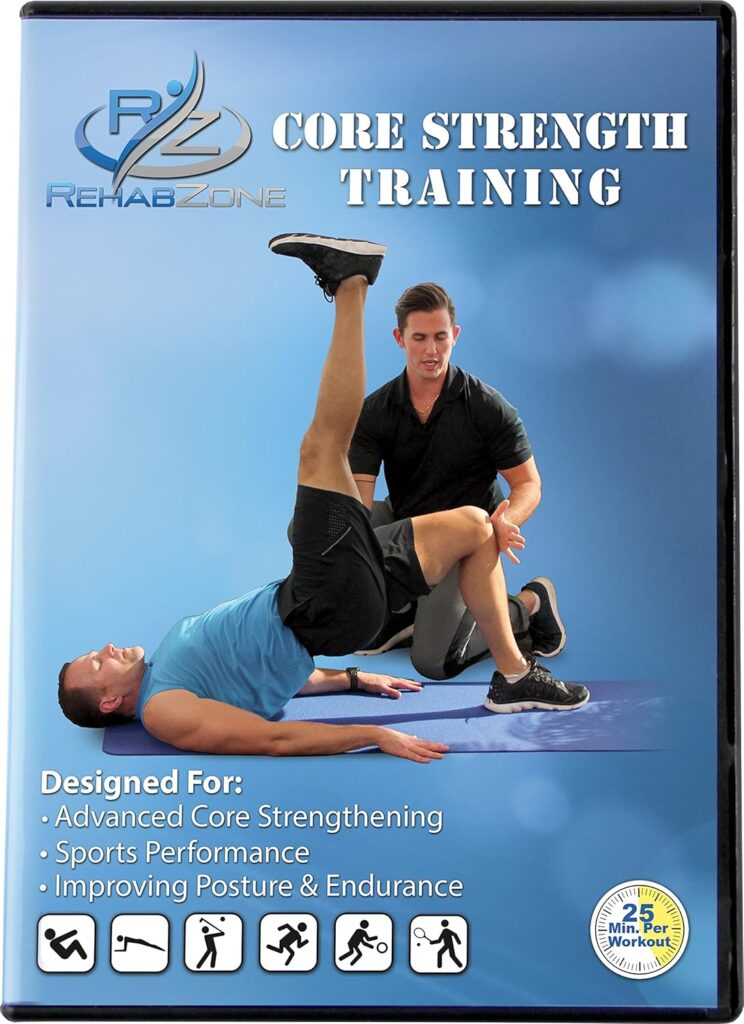
A strong core is vital for overall stability and strength. Incorporate core exercises into your routine today:
- Planks: Hold for 20-30 seconds (aim for 3 sets).
- Bridges: 2 sets of 10-15 repetitions.
- Russian Twists: 2 sets of 10-12 repetitions per side.
Engage your core throughout each movement, and maintain proper posture to maximize effectiveness.
Day 11: Active Recovery with Yoga
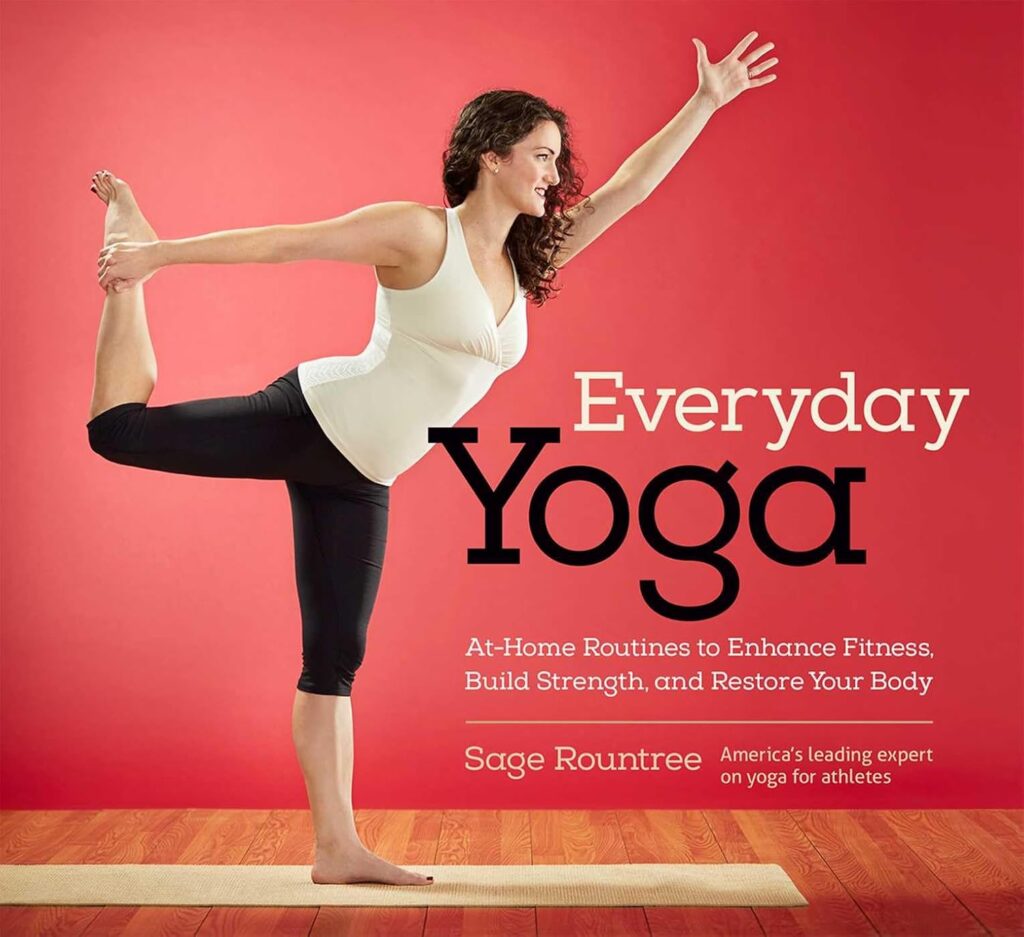
Yoga can enhance flexibility, balance, and relaxation. Follow a beginner yoga routine that focuses on poses for strength and stretching. You can find plenty of guided videos online or attend a local class. The benefits of yoga include:
- Improved flexibility and balance.
- Reduced stress and anxiety.
- Enhanced mind-body connection.
Day 12: Cardio Mix

Today, mix up your cardio routine by combining different forms of exercise in one session. For example, alternate between:
- Cycling for 10 minutes.
- Jogging for 10 minutes.
- Jumping rope for 10 minutes.
This variety helps prevent boredom and keeps you engaged in your workouts.
Day 13: Strength Training Focus
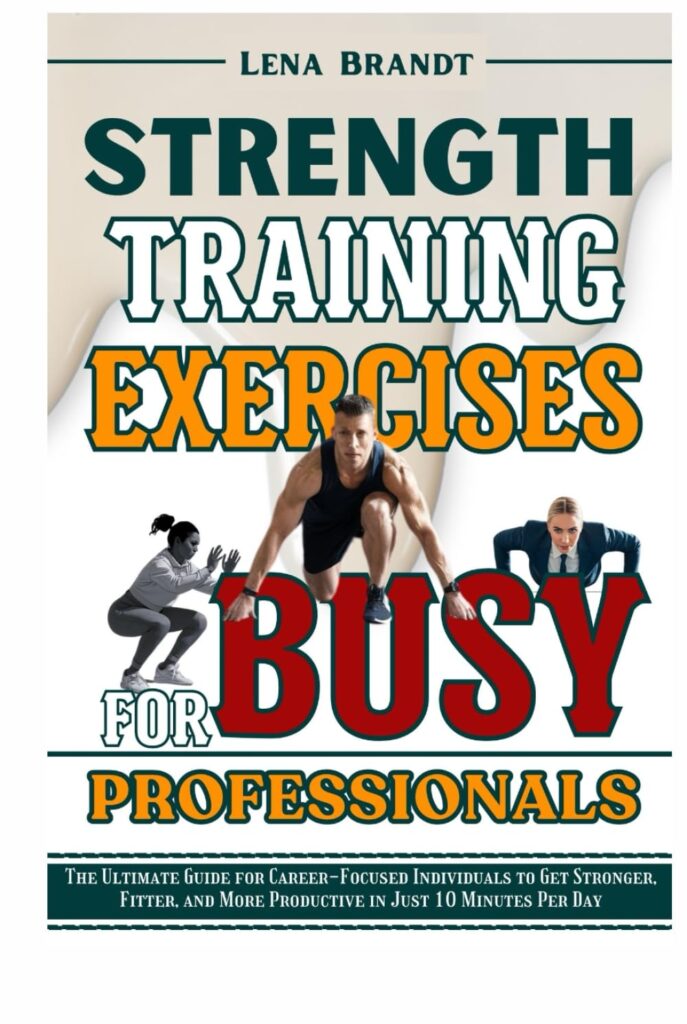
This week, focus on split training by targeting either your upper or lower body. For the upper body, try:
- Dumbbell Bench Press: 2 sets of 10-12 repetitions.
- Tricep Dips: 2 sets of 8-10 repetitions.
- Bicep Curls: 2 sets of 10-12 repetitions.
Gradually increase weights as you build strength and confidence.
Day 14: Weekly Reflection and Planning
Reflect on your progress and challenges faced during week two. Consider what worked well and what you would like to improve. Adjust your goals as necessary and plan your workouts for the upcoming week to ensure continued engagement and growth.
Week 3: Building Endurance and Strength
Day 15: Endurance Cardio
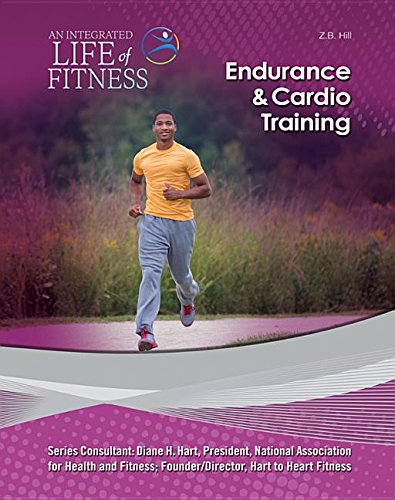
Today, increase your cardio session to 40 minutes. Choose an activity that you enjoy, such as running, swimming, or group fitness classes. Here’s a sample routine:
- Warm-Up: 5-10 minutes of light activity.
- Workout: Maintain a steady pace throughout your 40-minute session, challenging yourself while ensuring you can still converse.
- Cool Down: End with 5-10 minutes of slow walking and stretching.
Day 16: Lower Body Strength
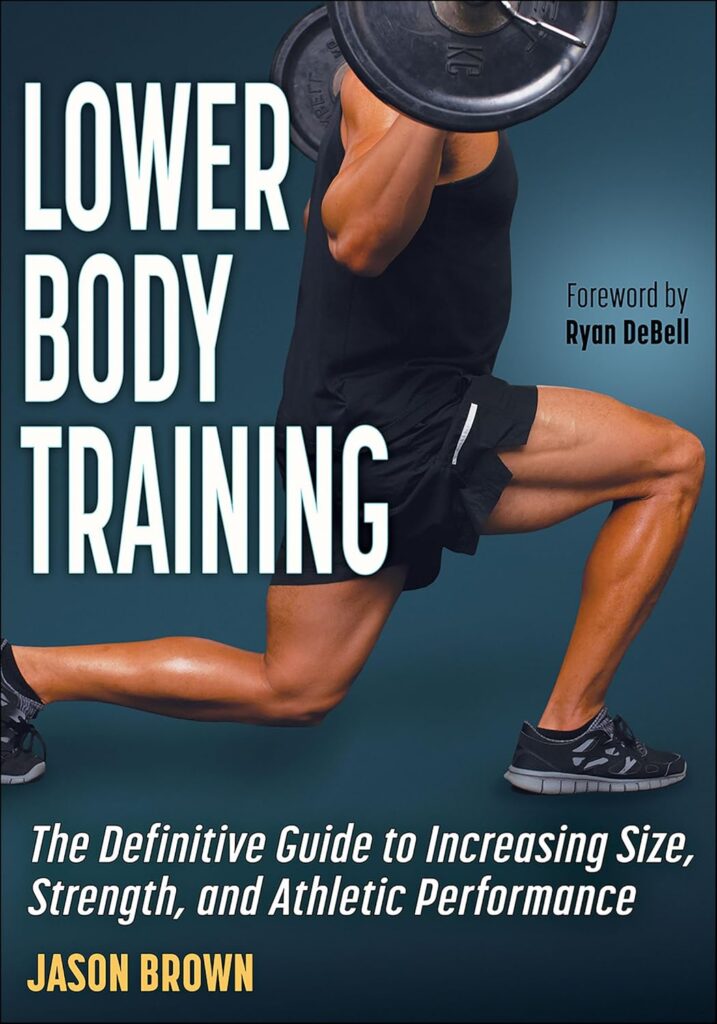
Target your lower body with exercises that build strength and endurance:
- Squats: 3 sets of 12-15 repetitions.
- Lunges: 3 sets of 10-12 repetitions per leg.
- Calf Raises: 3 sets of 15-20 repetitions.
Focusing on proper form is essential to maximize effectiveness and prevent injuries.
Day 17: Active Recovery Day
Incorporate another active recovery day today. Engage in gentle activities such as walking, swimming, or light stretching. The goal is to promote circulation and recovery without adding too much stress on your body.
Day 18: Core and Stability Training

Today’s workout will focus on enhancing stability through core exercises:
- Stability Ball Squats: 2 sets of 10-12 repetitions.
- Single-leg Deadlifts: 2 sets of 8-10 repetitions per leg.
- Plank with Arm Lift: 2 sets of 8-10 repetitions per arm.
Working on stability improves your overall strength and balance, which is essential for all forms of exercise.
Day 19: Fun Group Activity
Motivate yourself by organizing a group workout with friends. This could include group runs, cycling sessions, or a fun game of basketball. Exercising with others can boost your motivation and enjoyment, making it easier to stick to your routine.
Day 20: Full-Body Strength Circuit
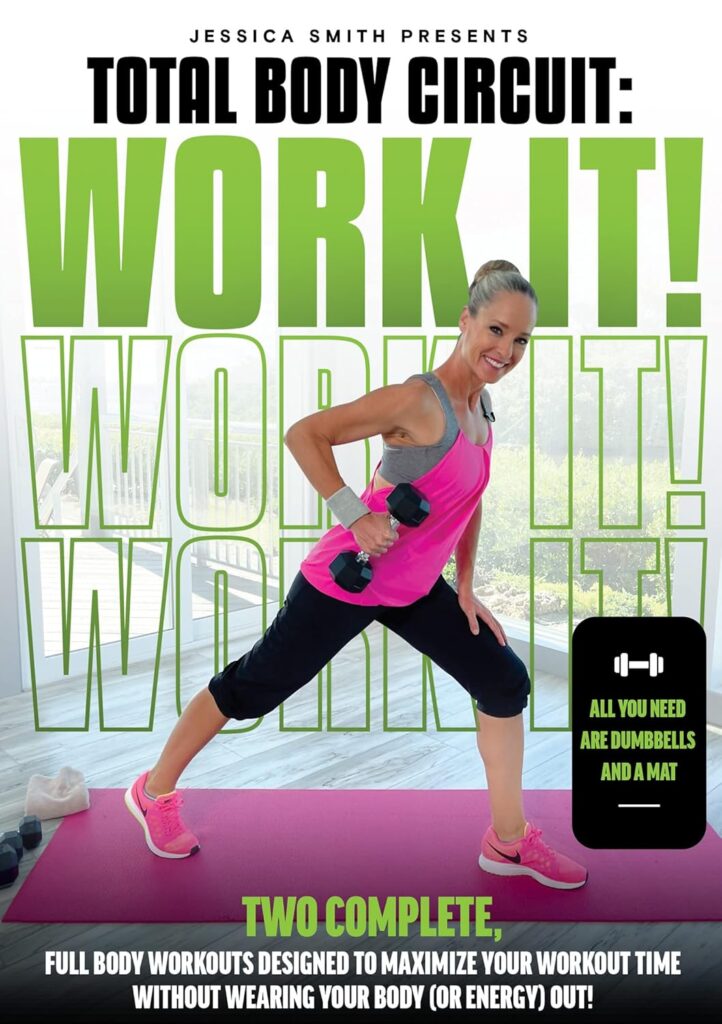
Today’s full-body workout can be both challenging and rewarding. Try a circuit that includes:
- Push-ups: 2 sets of 8-10 repetitions.
- Deadlifts: 2 sets of 10-12 repetitions.
- Plank to Push-Up Position: 2 sets of 5-8 repetitions.
Focus on transitioning smoothly between exercises while maintaining proper form.
Day 21: Weekly Reflection and Self-Care
As you complete week three, take time to reflect on your progress. What did you achieve? What challenges did you face? Set new goals for the following week and prioritize self-care practices like nutrition, hydration, and sufficient sleep to support your training.
Week 4: Mastery and Lifestyle Integration
Day 22: Cardio Variety
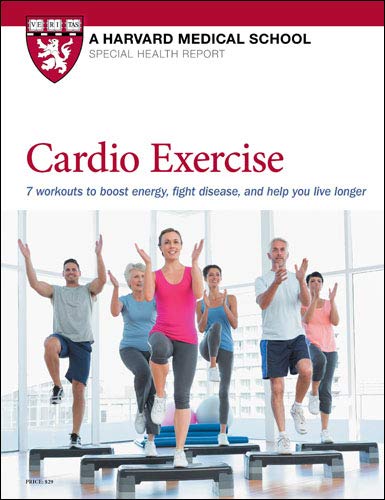
Keep things fresh by exploring new cardio activities. Try kickboxing, dance classes, or join a local fitness event for 40 minutes. The goal today is to have fun while breaking a sweat.
- Warm-Up: Start with 5 minutes of light movement.
- Workout: Choose an activity that excites you. This can be anything from Zumba to cycling.
- Cool Down: Finish with 5-10 minutes of stretching.
Day 23: Strength Training Challenge
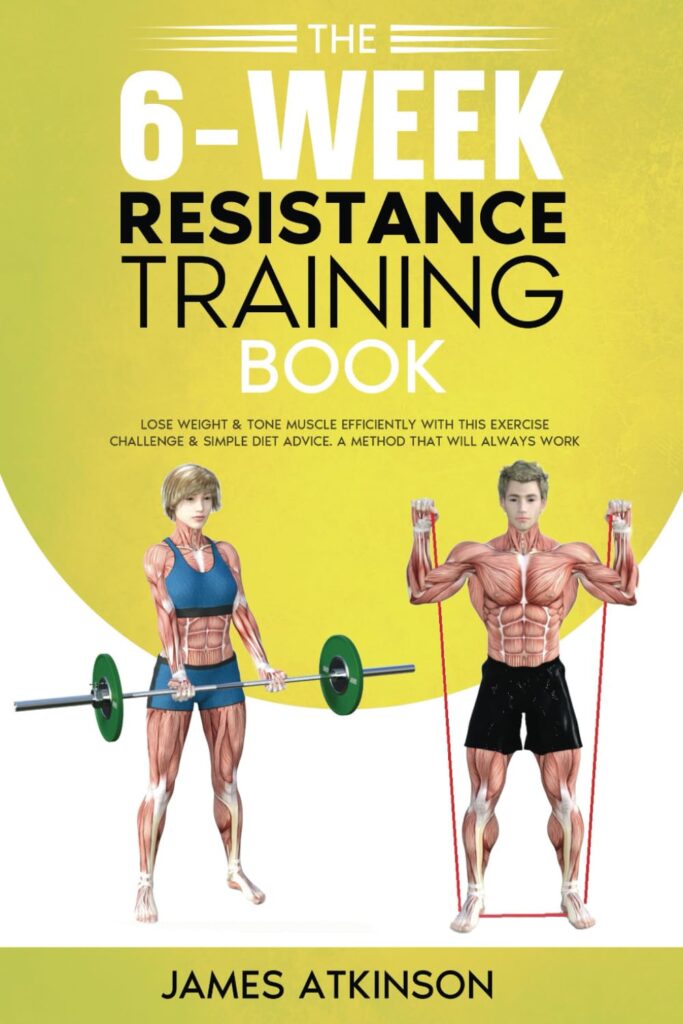
Challenge yourself by increasing the intensity or weights in your strength workouts. Here’s a suggested workout plan that combines upper and lower body exercises:
- Dumbbell Squats: 3 sets of 10-12 repetitions.
- Overhead Dumbbell Press: 3 sets of 10-12 repetitions.
- Walking Lunges: 3 sets of 10 repetitions per leg.
Day 24: Flexibility and Mobility Focus
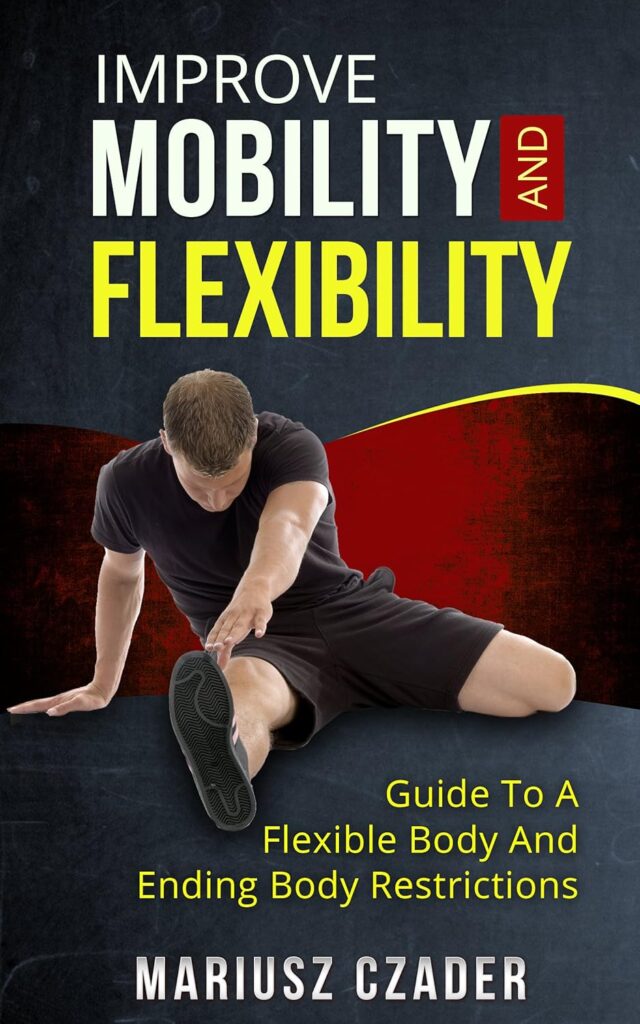
Spend today emphasizing flexibility and mobility. This can involve foam rolling and a stretching routine that targets tight areas of the body, such as:
- Hip Flexors: 30 seconds per side.
- Chest Openers: 30 seconds.
- Spinal Twists: 30 seconds per side.
Incorporating mobility work helps enhance recovery and prepares your body for more intense workouts.
Day 25: Fun Group Activity
Plan another group activity to keep the momentum going. This could be hiking with friends, participating in a charity run, or joining a local fitness class. Engaging in fitness with others can make the experience enjoyable and help reinforce your commitment.
Day 26: Endurance Test
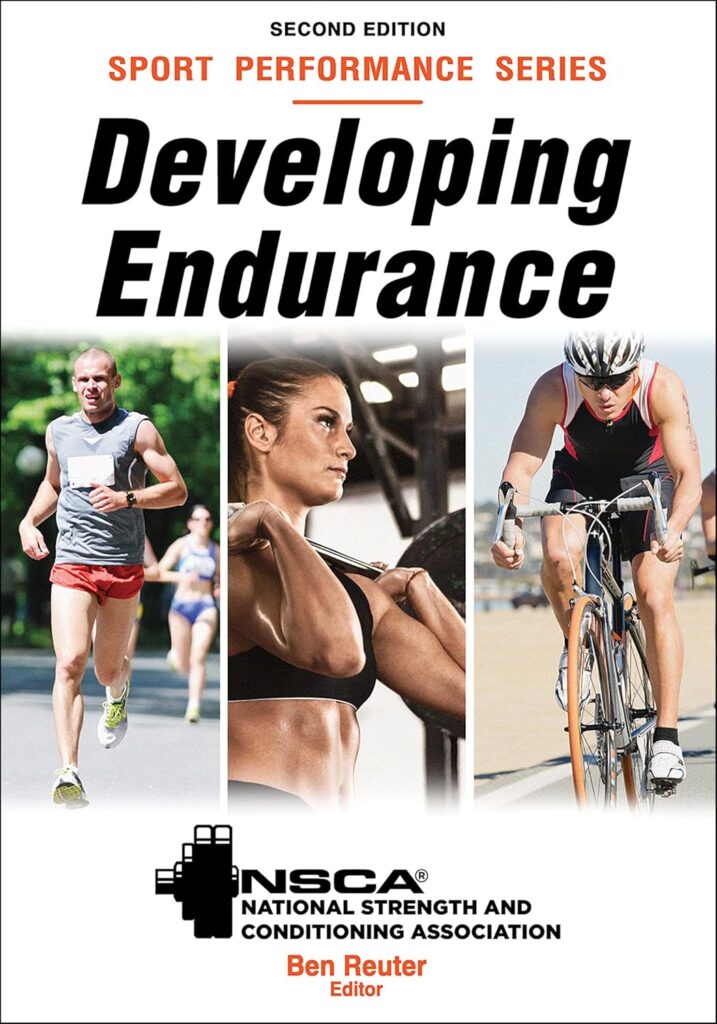
Put your progress to the test with a longer cardio session. Aim for 60 minutes of your preferred cardio activity. Here’s how to structure it:
- Warm-Up: 5-10 minutes of light activity.
- Workout: Maintain a steady pace for the full hour, mixing in short bursts of increased intensity if you feel up to it.
- Cool Down: End with a 5-10 minute walk and stretching routine.
Day 27: Personalized Strength Workout
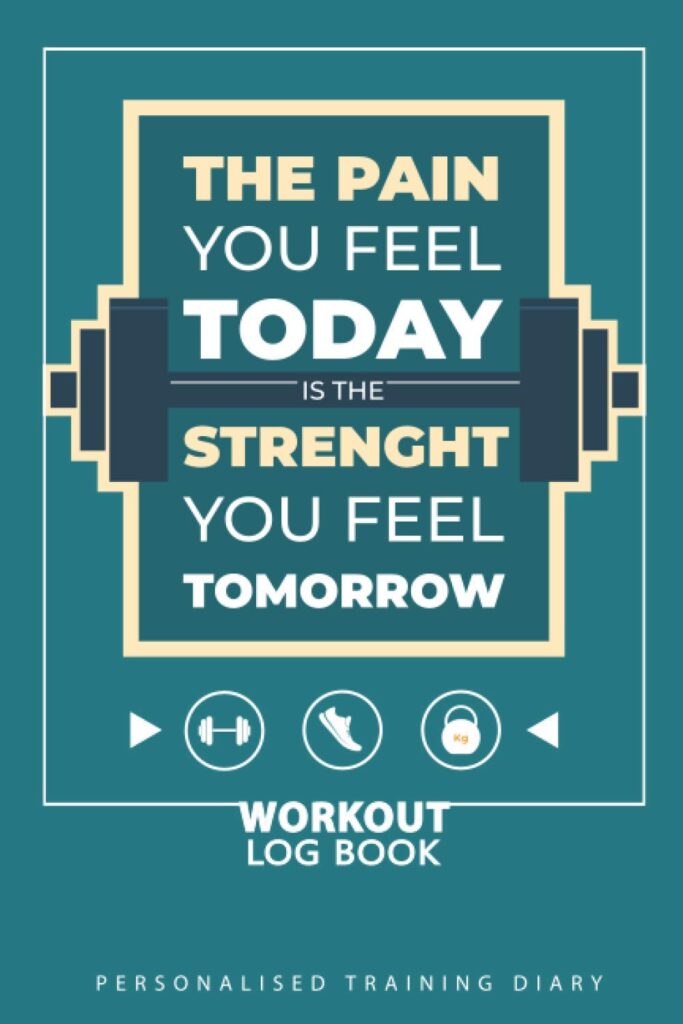
Today, design your own strength workout based on your favorite exercises learned throughout the program. Aim to create a balanced routine that includes both upper and lower body exercises, ensuring you challenge yourself while maintaining proper form.
Day 28: Reflection and Goal Setting
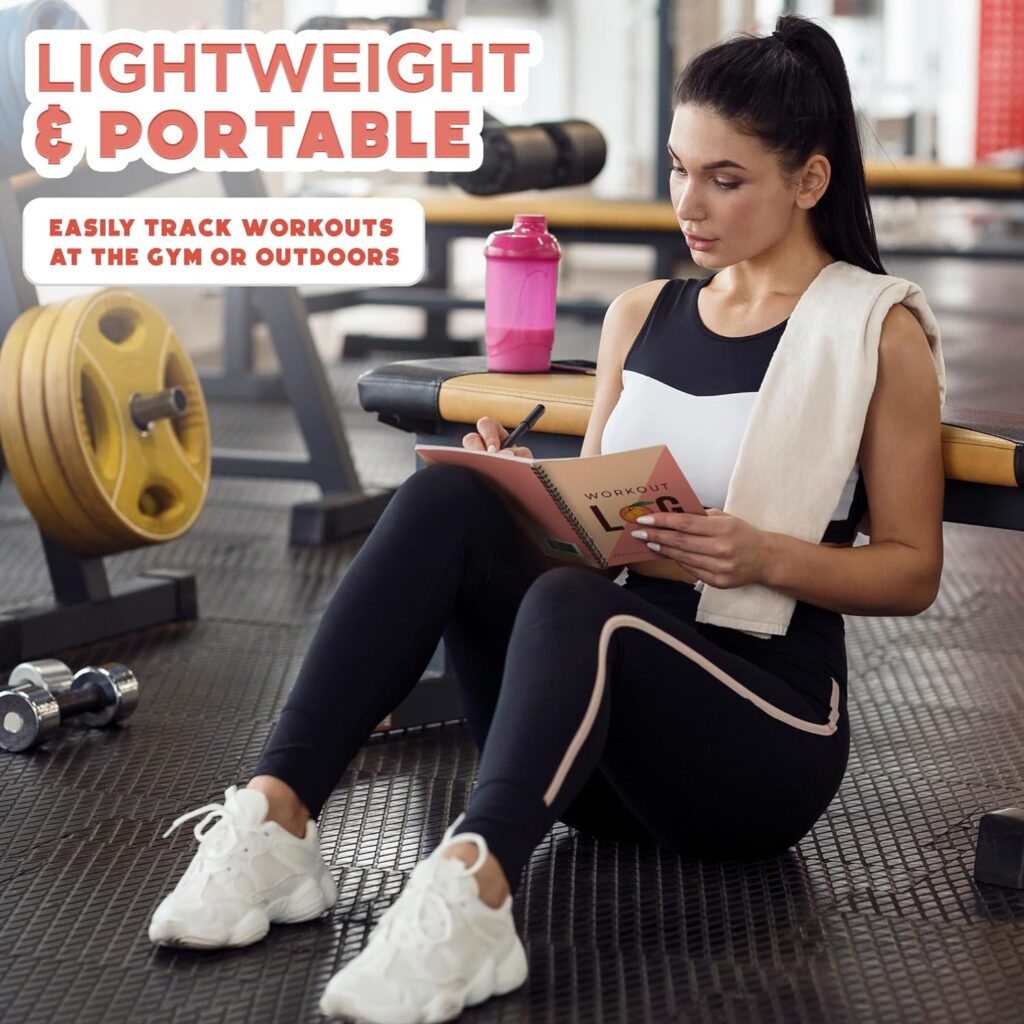
As you conclude your 28th day, take the time to review your progress over the past month. Consider what you’ve achieved and set long-term fitness goals that extend beyond this 30-day program. Think about:
- How to maintain your motivation.
- What activities you want to continue.
- New goals you want to set for the coming months.
Day 29: Celebration of Achievements
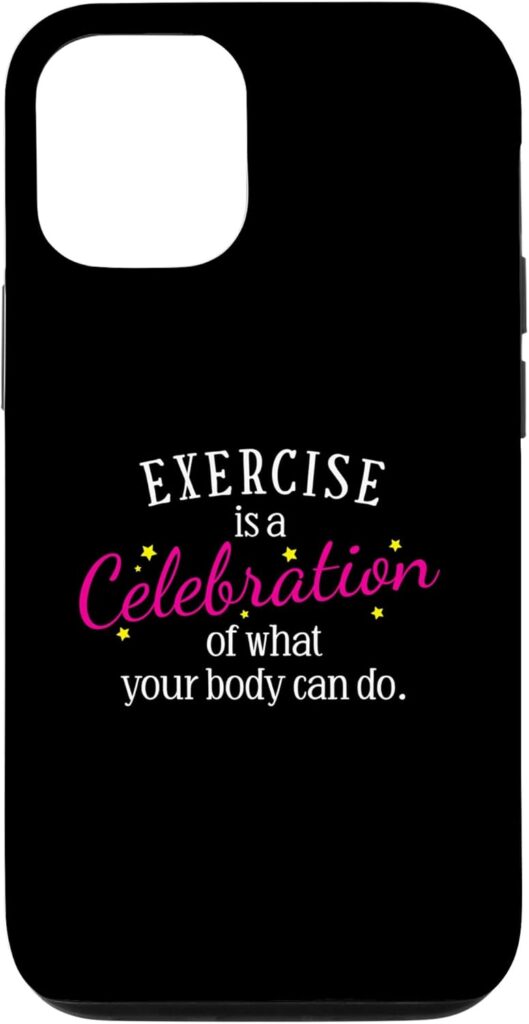
Celebrate your accomplishments! Consider rewarding yourself with something special, like a spa day, new workout gear, or a fun outing with friends. Sharing your progress with others can enhance motivation and accountability.
Day 30: Lifestyle Integration and Moving Forward
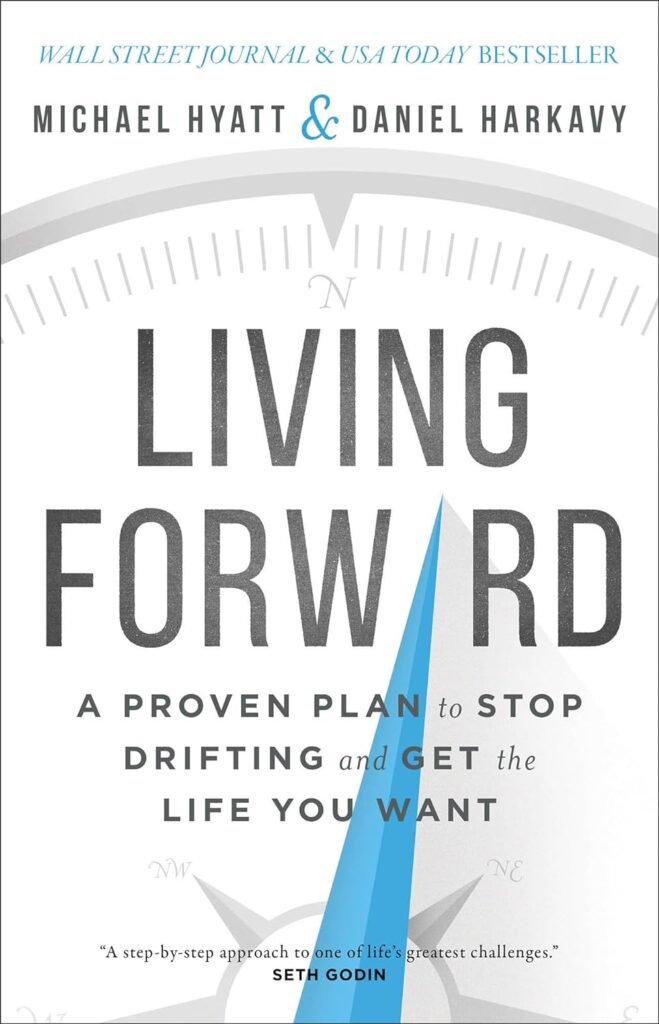
Today, focus on how to maintain the fitness habits you’ve developed. Here are some tips for integration into your daily life:
- Incorporate Activity: Find ways to stay active, such as walking or biking instead of driving short distances.
- Set New Challenges: Keep your workouts fresh by trying new classes or activities.
- Join a Community: Participate in local fitness groups or classes to continue enjoying the social aspect of fitness.
Conclusion
Congratulations on completing the 30-Day Get in Shape Training Program for Beginners! This journey is just the beginning of a healthier lifestyle. You’ve established a solid foundation in fitness, developed a variety of workouts, and learned the importance of flexibility, strength, and endurance. Remember that fitness is a lifelong commitment, and it’s essential to continue pushing your boundaries, setting new goals, and finding joy in movement.
Share your experiences and progress with friends, family, or a fitness community, and continue to support one another in your fitness journeys. Embrace the knowledge and skills you’ve gained, and let them guide you as you move forward on your path to a healthier, fitter you. Here’s to your health and wellness—keep moving forward!

